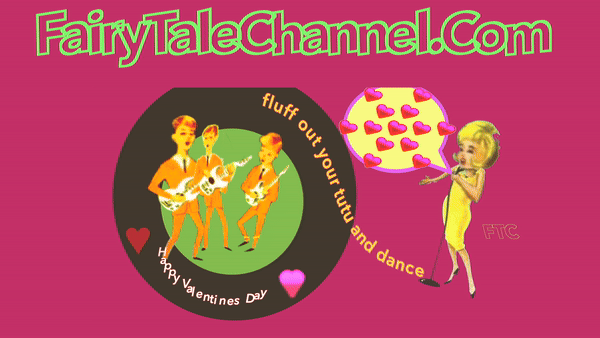
Three Tales for Halloween Tale 1, Grimm’s Saga 250: The Cat in the Willow Tree
There once lived a farm boy in Strassleben who told the following story: In his village there was a certain maid, who had lost her wits to dancing mania. Often no one knew where her dancing took her, she seemed to lose her senses completely and then vanish. She would only return home after some time had lapsed. Once, this same farm boy and other workers decided to follow the maid. When once again on Sunday the girl began to dance and amuse herself in the company of the workers, she suddenly departed. But they all crept after her in stealth. She left the inn and went out into the field and ran off without looking around, straight to a hollow willow tree, in which she hid herself. The workers followed, curious to see whether she would remain some time in the willow. They waited at a place where they could stand well-hidden. After a short time they noticed that a cat jumped out of the willow and crossed the field back to Langendorf. Now the fieldhands approached the willow; there they saw the maid, or better said her body, leaning against the tree completely rigid. They could not bring her back to life however fiercely they shook her body. They were overcome with terrible dread; they left her body standing and returned home. After some time they could see the cat creeping back through the field and then it slipped silently into the willow and vanished. Some moments later the maid emerged from the willow and returned to the village.
More fairy tales can be accessed by clicking on the link:
Copyright FairyTaleChannel.com
Please read and enjoy this article.
Pass on to friends or link to.
Please do not plagiarize, copy or pilfer. Thanks and enjoy!




